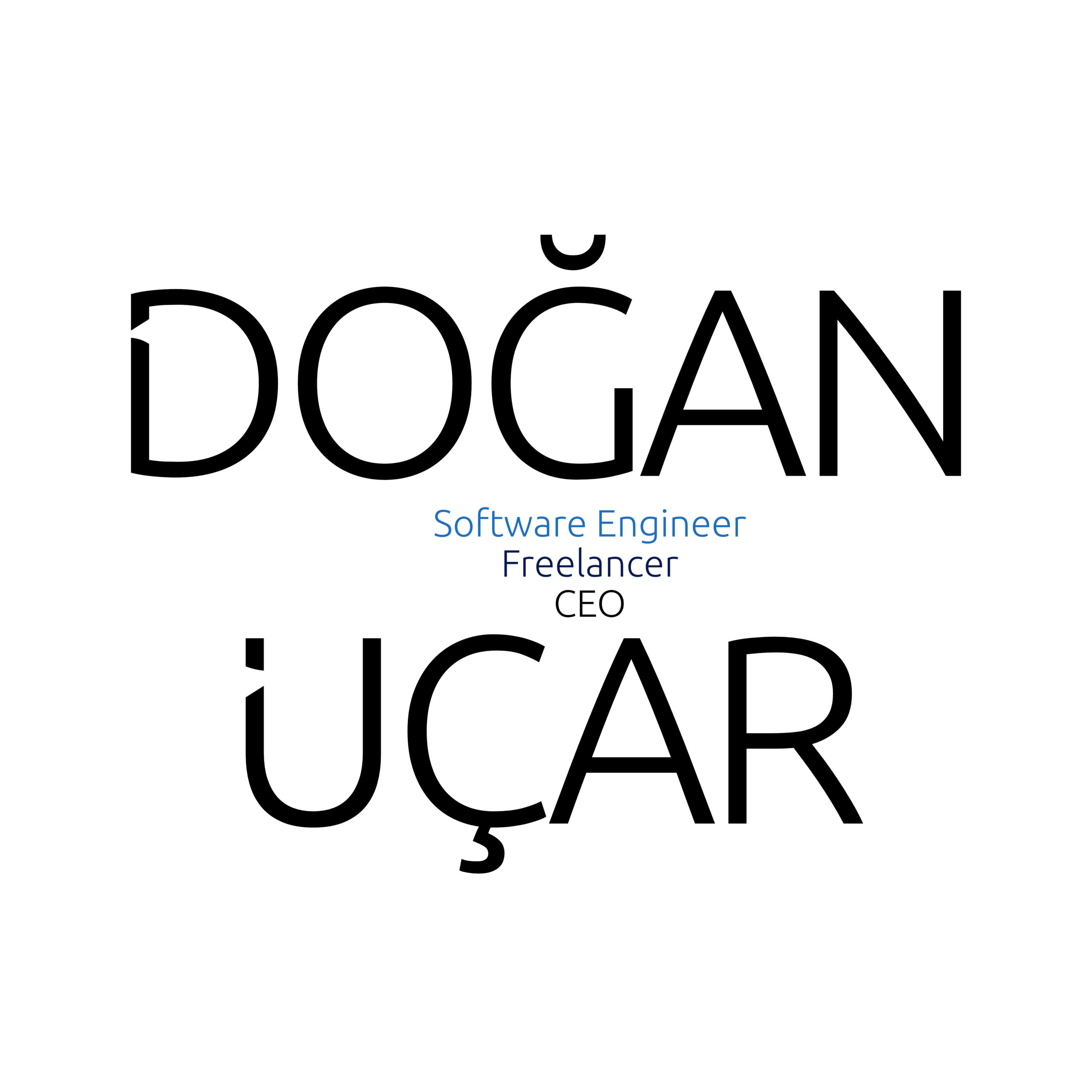The second blog of the Workation Diaries series is about Barcelona’s beatiful architecture and art. For the next three month, I will stay and work in Barcelona, work remotely as a freelancer and get as much insights of the city as possible. In the first post, I addressed my workation plans, the preparation and my first couple of days in the city. Check it out here if you did not already.
I live and work in Barcelona now for almost a week. As for every new situation, it took a little bit time to get used to it but hey, I have great friends and family helping me to get used to the new situation. Doing a lot of sideseeing and registering for the gym here made the adoption quite easier. And of course, the work keeps me busy as well.
Barcelona’s Unique Architecture
Did you know that Barcelona has a unique architecture inspired by different time periods? Roughly, you can separate into three:
- the roman period: roman architecture begins in the 1st century BC when the Romans founded a small colony called Barcino. Since that time Barcelona has changed a lot. Parts of the wall of the former Roman city can still be seen in the city.
- the medieval period: At the end of the 13th century, Barcelona was a thriving city due to its trade in the Mediterranean. The city at that time is today the so-called “Barri Gòtic” (Gothic Quarter).
- the modern period: In 1854, as part of the transformation of the historic center, the city walls were demolished and in 1859 the engineer Idelfons Cerdà was commissioned to plan the expansion of the city. He was responsible for the “Eixample” (expansion of the city), a new basic pattern (a regular rectangular grid) in which square blocks of houses were built with large airy courtyards. This construction method also unified the street network. At the end of the 19th century, expansion began and, thanks to a fortunate combination of wealthy builders, ingenious architects and very good craftsmen, the heyday of Catalan modernism began. Antoni Gaudí, Domènech i Montaner and Josep Puig i Cadafalch are the most famous architects of this direction.
As I stay in the Gothic Quarter of Barcelona, I had the chance to walk through all greater and smaller streets and lanes, admire the beatiful architecture, the balconies and the art on almost every wall. But also the remaining buildings of the roman period – such as the cathedral – is quite near.
Talking about the modern architecture of Barcelona, you can not come around names like Antoni Gaudí, Domènech i Montaner und Josep Puig i Cadafalch. Especially Gaudí has shaped the city and the most popular work is the Sagrada Familia.
But, overall Barcelona is known for its unique and diverse architecture, which combines elements of Gothic, modernism and contemporary styles to create a truly distinctive cityscape. One of the city’s most famous architects is Antoni Gaudi, whose works can be seen throughout Barcelona. Gaudi’s distinctive style is characterized by his use of curved shapes, intricate details and bright colors, which he incorporated into iconic buildings such as the Sagrada Familia, Casa Batllo and Park Guell.
Gaudi, however, is just one of many architects who have left their mark on the city. Barcelona also boasts an impressive collection of Gothic buildings, including Barcelona Cathedral, which dates back to the 14th century. Other notable architects who have contributed to Barcelona’s architectural heritage include Lluís Domènech i Montaner, who designed the impressive Palau de la Música Catalana, and Josep Lluís Sert, who is responsible for the buildings of the Fundació Joan Miró and the Miró Foundation.
In recent years, Barcelona has evolved and renewed itself architecturally. The city has seen the construction of impressive contemporary buildings such as the Torre Glòries and the Media TIC building, both located in the high-tech 22@ district. Barcelona’s architectural landscape is constantly changing, reflecting the city’s rich history and its position as a center for innovation and creativity.
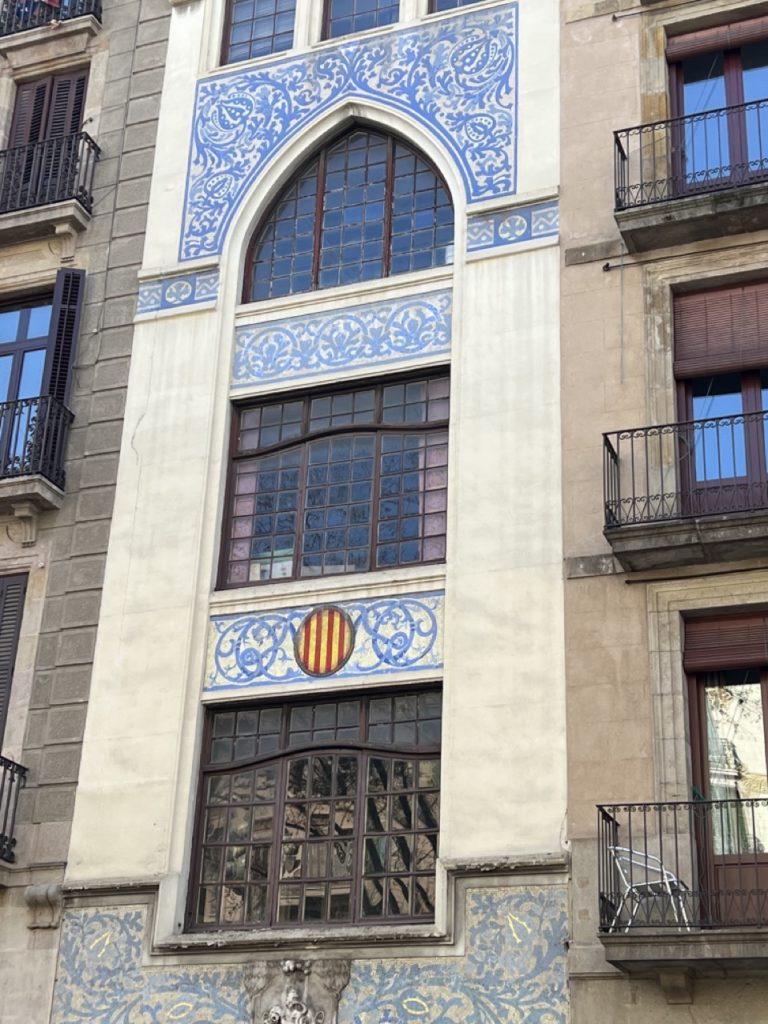


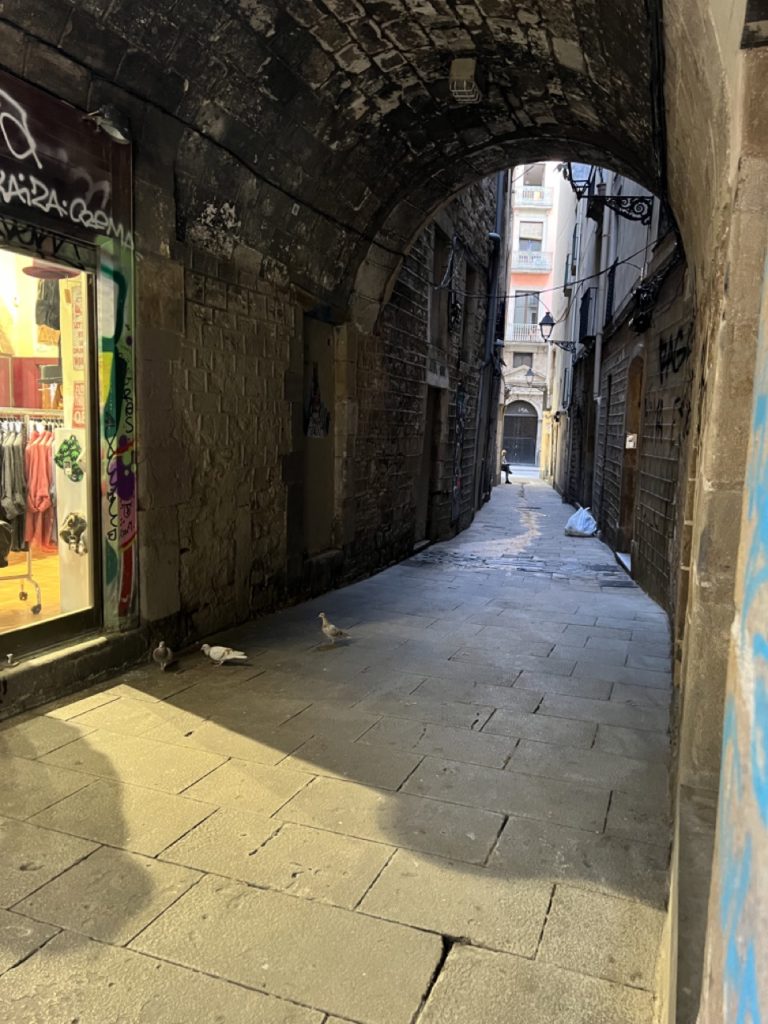





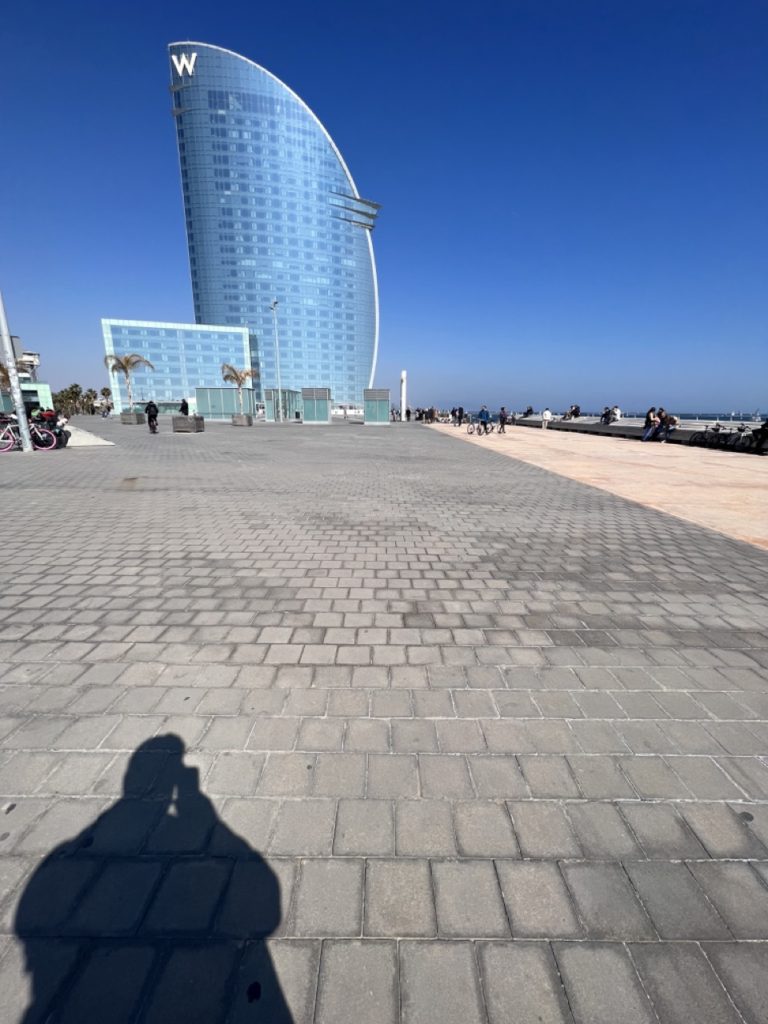

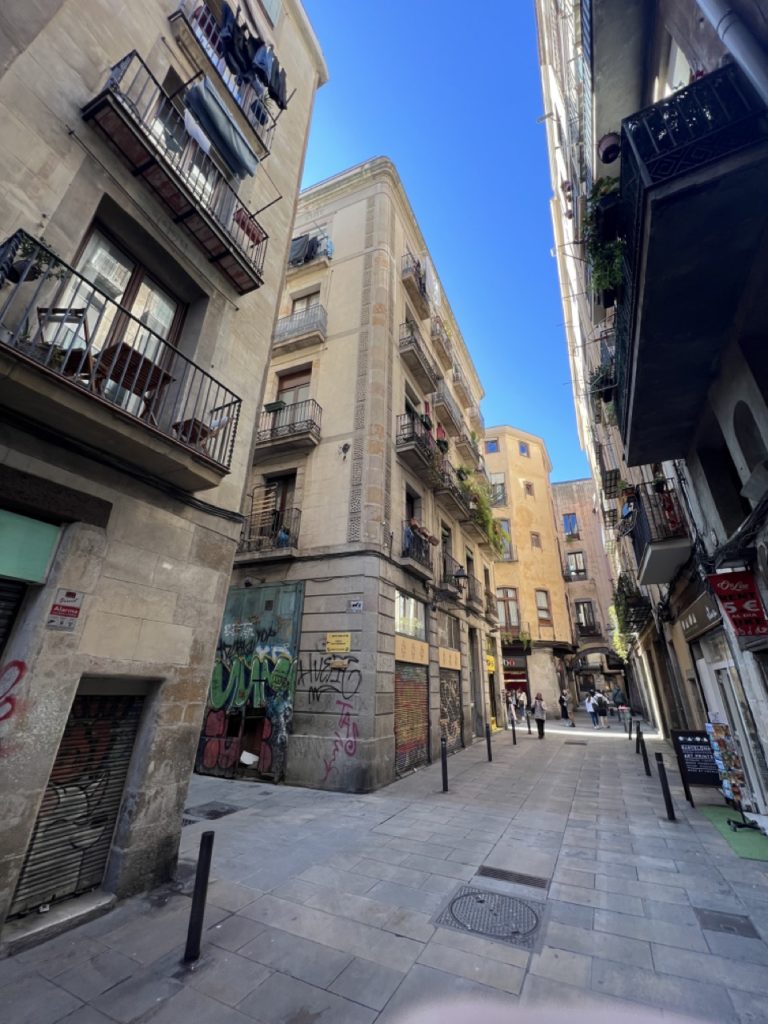
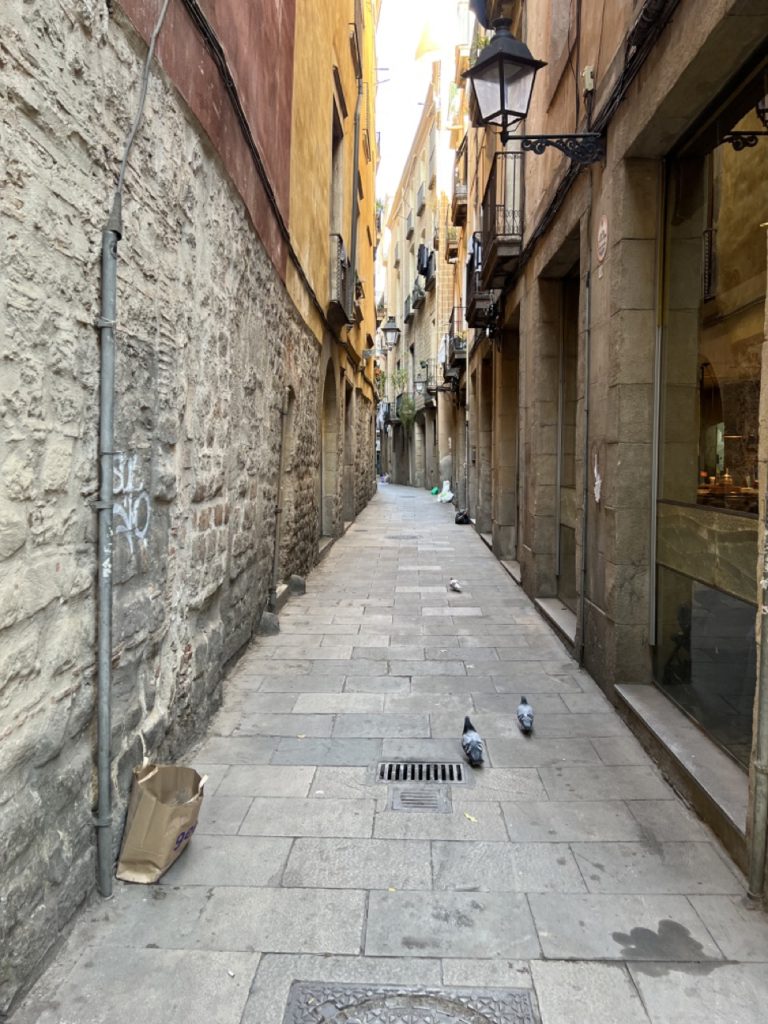

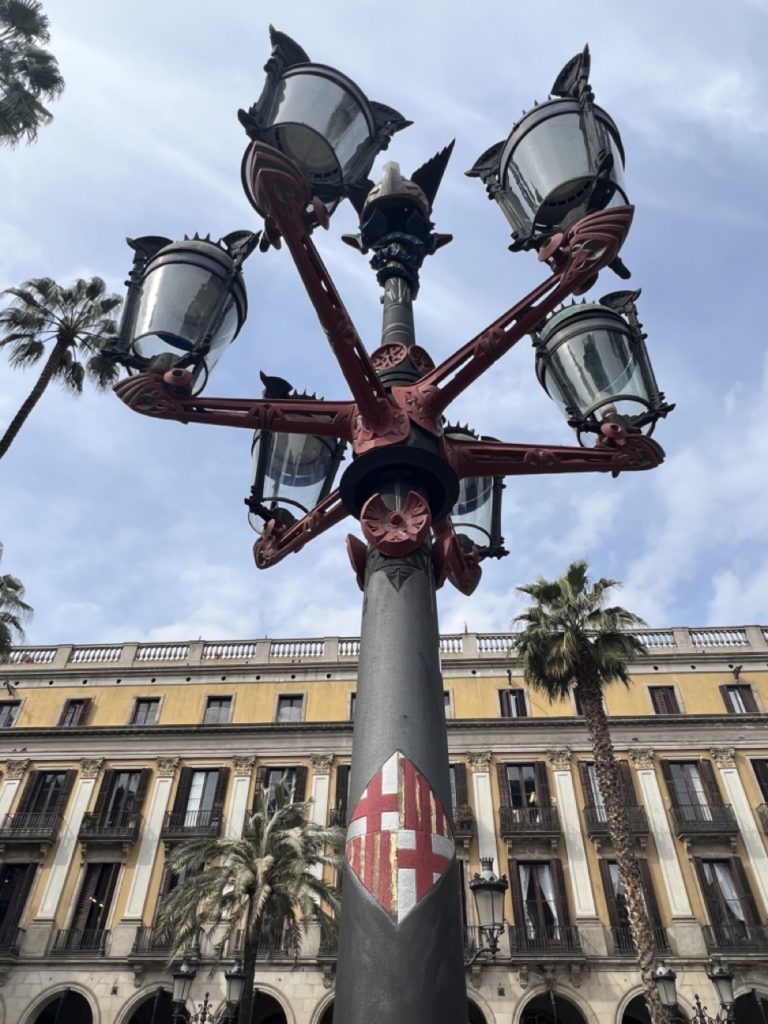




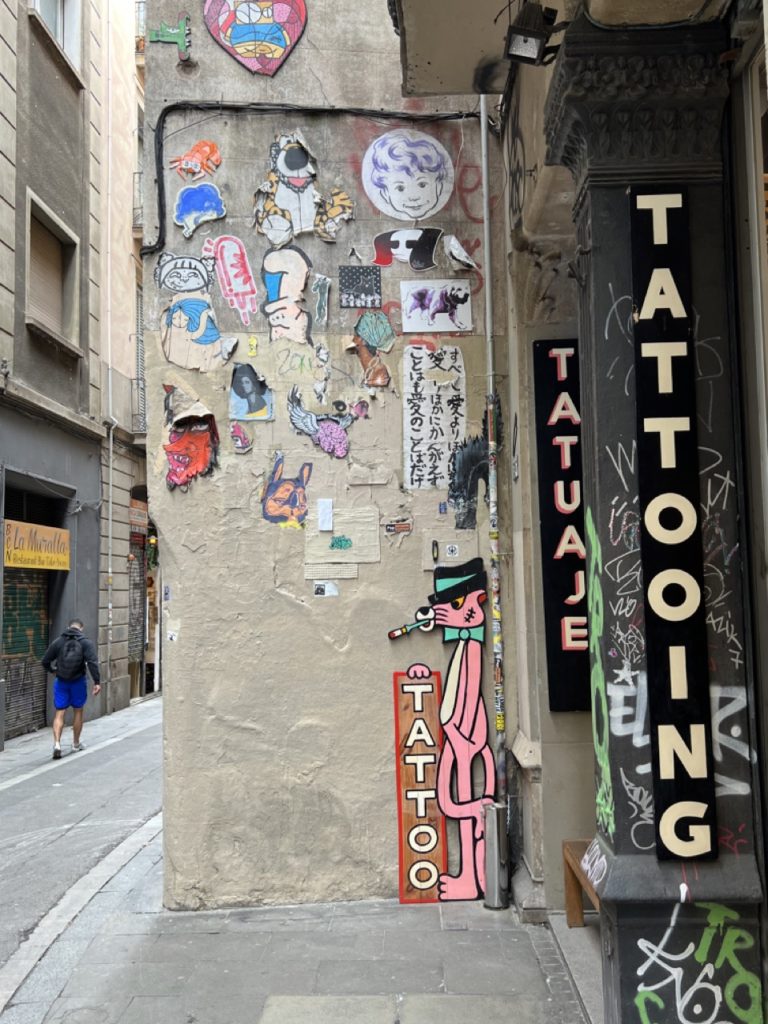

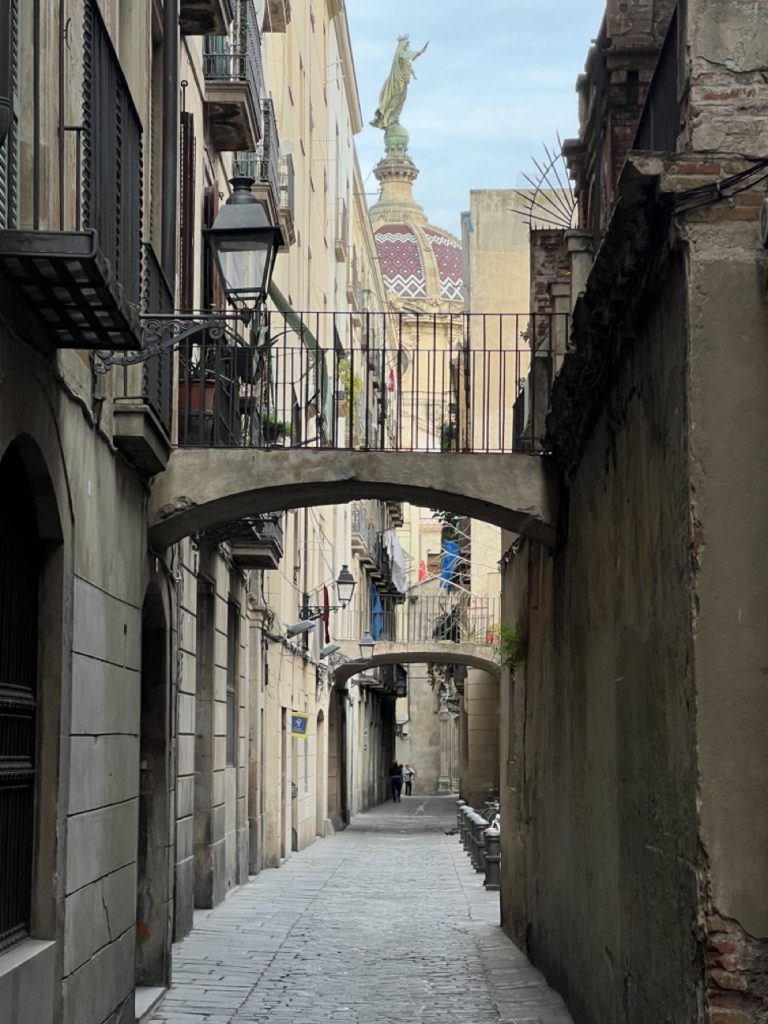
The Art of the Streets
Walking through the streets and lanes, you will find a lot of artwork on the walls. There are grafitis, labels and just the cowork of e.g. architecture and nature. Barcelona is a city known not only for its vibrant culture and stunning architecture, but also for some of the most impressive street art in Europe. From large-scale murals to intricate stencil work and graffiti tags, the city’s streets are adorned with a variety of art styles that showcase the creativity and diversity of the local artistic community. One of the most famous hotspots for street art in Barcelona is the El Raval neighborhood, where you’ll find an abundance of eye-catching works that are as thought-provoking as they are beautiful. Many of these works are the result of collaborations between local and international artists, making the street art scene in Barcelona truly unique and ever-evolving. Whether you’re a seasoned art lover or simply someone who appreciates creativity and expression, exploring street art in Barcelona is an experience not to be missed.
One of the reasons that makes the street art scene in Barcelona so interesting is the history of political and social activism in the city. Many of the murals and graffiti you see around the city reflect issues such as gentrification, immigration, and workers’ rights, giving voice to the marginalized communities that call Barcelona home. In addition, the local government has taken a relatively permissive attitude toward street art, recognizing it as a legitimate form of artistic expression and even sponsoring events and festivals that celebrate the city’s creative talent. As a result, there is a real sense of freedom and experimentation in Barcelona’s street art scene, and artists from all over the world come to the city to leave their mark on the walls. Whether you want to explore the vibrant neighborhoods of El Raval and Poblenou, or simply stumble upon unexpected beauties while walking through the city, Barcelona is a fantastic destination for anyone who loves street art.
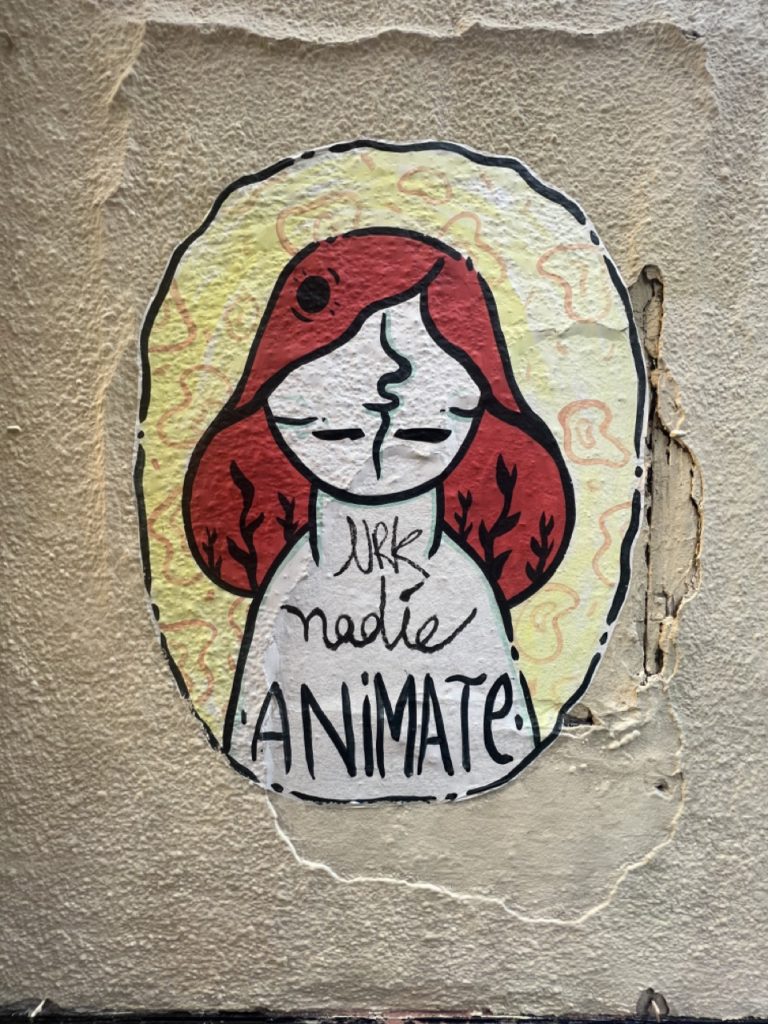




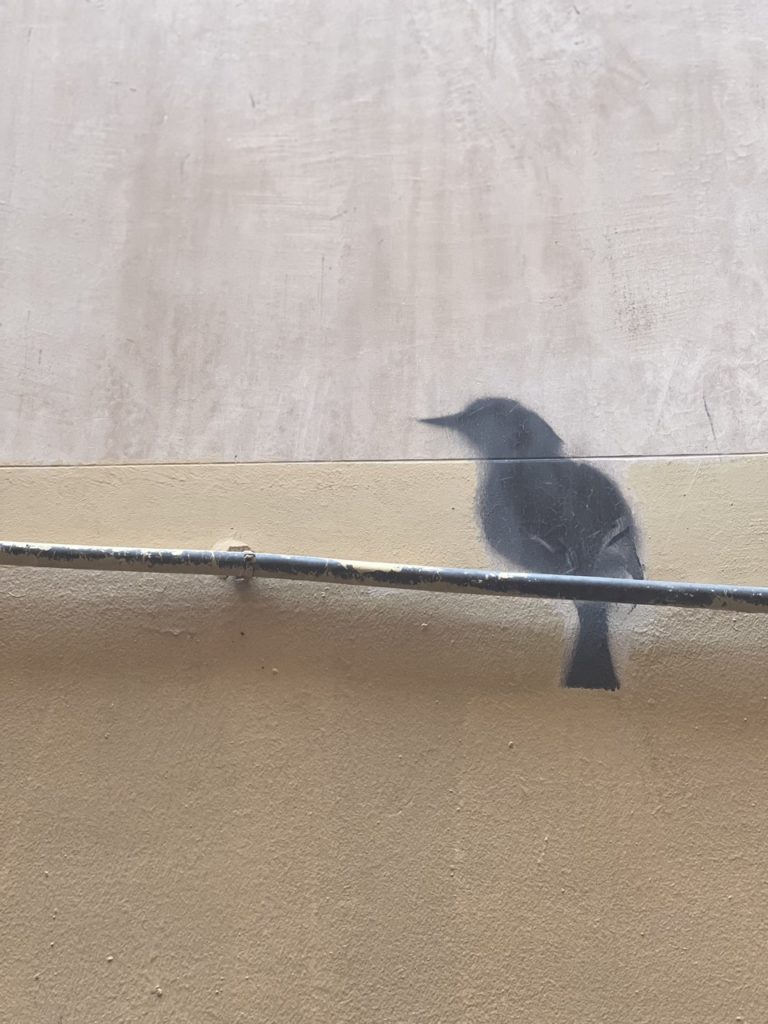
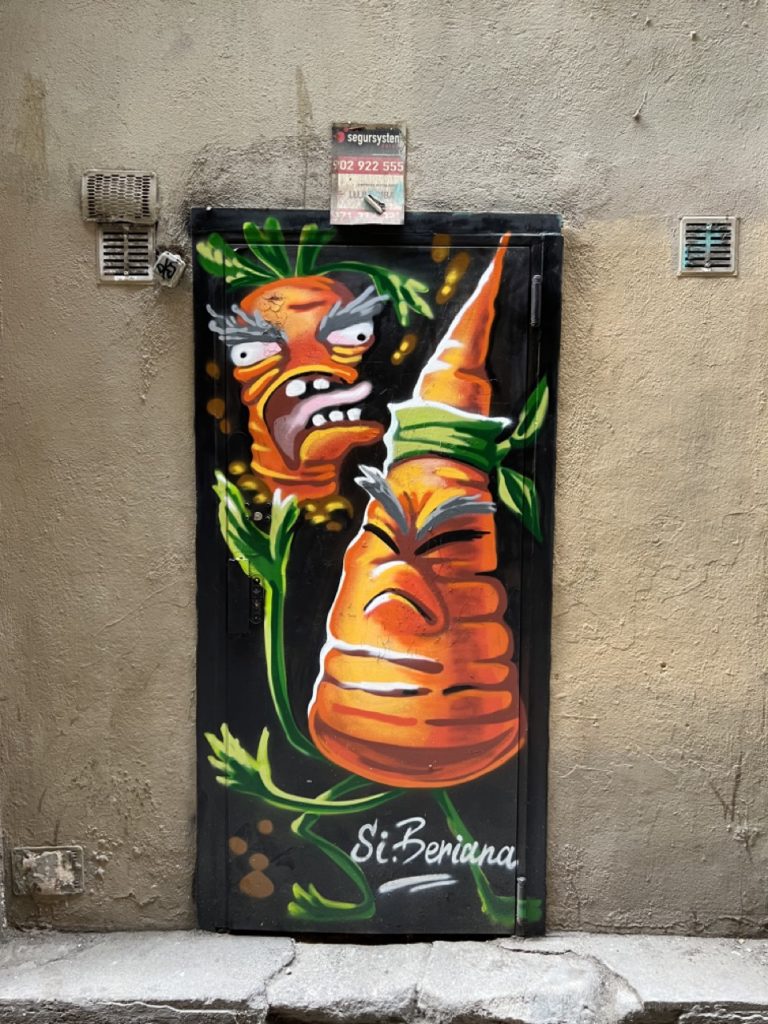
Concluding the Week
My first week was about a lot of work, sideseeing, admiring art and architecture and the registering for a gym (which I will maybe address in a further blog post). I visited a couple of cafes to sit and work there and will visit some co-working spaces next week. The overall experience of working in Barcelona will likely be the central topic of the third episode of the Workation Diaries series.
